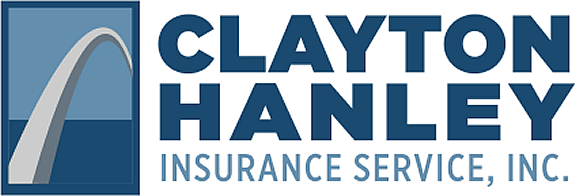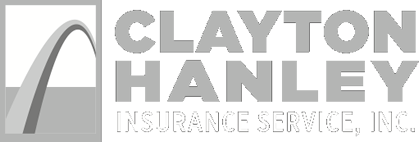A traumatic auto accident followed by potentially devastating medical bills — are having to face this stomach-churning situation in the future. Adding medical payments coverage to your auto policy can help cover a variety of gaps in coverage, regardless of who’s at fault in the accident. While health insurance might cover some of the cost of injuries, even those who have health insurance may find out too late that they are underinsured.
Consider that in 2019, the average cost for an emergency visit was $1,645 (actual payment $971 after insurance reductions). And this is for facility charges only, not subsequent expenses for doctors or transport. The average total expenditure was $6,367 over and above what auto policy limits cover.
Adding or increasing medical payments coverage can extend the amount of that coverage for a relatively affordable amount and add protection.
Even if you reside in a state that require personal injury protection (PIP) on an auto policy, you might be thinking you are adequately covered for medical bills. However, you could easily exhaust their limits, PIP or not.
Determining coverage level: Key questions
- Do you have a high deductible health insurance plan or plan with copays?
- Do you frequently have passengers in your car who aren’t covered under your health insurance?
- Do you or your family members often ride in vehicles not covered under this policy?
- Do you have dental insurance?
- Do you rely on public transportation or often walk/cycle to get places?
Driver after driver after driver consistently overlook important auto coverage that could come to their aid in times of dire need. Here are three I recommend you no longer ignore-
- Medical Payments (Med Pay): Referred to as Personal Injury Protection in some states, this helps cover the medical bills of anyone in your own vehicle, both driver and passengers, from dollar one. Meaning, regardless of who is at fault for an accident, your coverage may kick in as soon as you file the claim, potentially with no deductible and no waiting for the final claim decision. It’s an important coverage not to overlook because major injuries come with major medical bills – even minor injuries can be costly nowadays.
Some states require this coverage, so you may already have it. If not, I recommend adding it to your auto policy. Even $2,000 worth of Med Pay coverage can make a difference. The last thing you need is thousands of dollars’ worth of medical bills hanging over your head. - Uninsured Motorist/Underinsured Motorist (UM/UIM): Approximately one in eight drivers doesn’t carry any auto insurance (as estimated by the Insurance Research Council in 2014). Other drivers don’t carry enough – meaning that, if they’re at fault for an accident, their coverage will help with your expenses a little but fall short of the total bill. Either way, if you’re involved in an accident with an uninsured motorist or an underinsured motorist, what it means for you is this: money out of your own pocket. Without UM/UIM, you could have to foot the full cost of recovery, for both your medical bills and car repair bills, yourself.
A handful of states require this coverage, but it’s worth having regardless of what state regulations say. Just imagine how much worse a major fender bender would be after finding out the other driver has no coverage and you don’t have the right coverage on your own policy either. It’s a whole lot more agonizing than the cost of adding UM/UIM to your policy, trust me. - Emergency Assist Program (EAP): Think of this as Roadside Assistance on steroids. It includes all the goodies of Roadside Assistance, such as gas delivery, flat tire and lockout assistance, battery jumpstarts, and towing for a specified distance, plus a whole lot more. It also picks up the tab, according to your policy limits, for excess expenses like spending the night in a hotel because you’re more than 25 miles away from home and your car needs to go in the shop. Personal belongings, such as clothes, may also be covered if they are damaged as a result of the accident.
If you’re on the road a lot, this is a go-to coverage option for you. Because shelling out for unplanned lodging, food, and transportation costs on top of car repairs will put a damper on your trip and a strain on your wallet every time.
I know it’s tempting to think that bare-bones car insurance is enough. If luck is always on your side and you never encounter any of the above scenarios, maybe it is. Then again, maybe not. That’s why I urge you not to ignore Medical Payments, Uninsured Motorist/Underinsured Motorist, and Emergency Assistance Package coverage any longer.
After all, your auto policy is there to protect you, but only against the scenarios you elect to carry coverage for.
Call, email or text one of our agents ask what your current coverages are, and a quote to increase your limits



